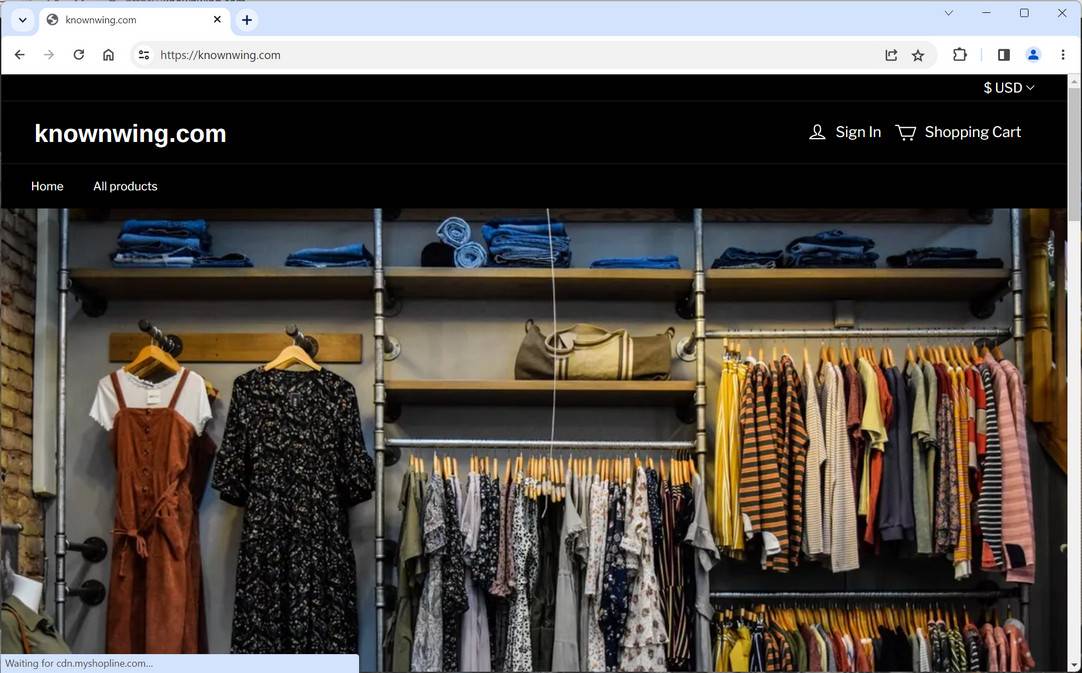Online shopping is convenient and often cheaper than going to a physical store. However, it also comes with some risks, such as falling prey to scam websites that offer too-good-to-be-true deals. One of these scams is the ‘Factory Outlet Shop’ scam, which has been reported by many consumers around the world. In this blog post, we will explain what are ‘Factory Outlet Shop’ scam websites, how they operate, and what to do if you have fallen victim to them.
This Article Contains:
What are ‘Factory Outlet Shop’ Scam Websites?
‘Factory Outlet Shop’ scam websites are fake online stores that claim to sell branded products at extremely low prices. They use the name ‘Factory Outlet Shop’ and trick people into thinking that the store is closing and everything must be sold. They often advertise on social media platforms, such as Facebook, TikTok and Instagram, and use images and logos of popular brands, such as Nike, Adidas, Apple, and Samsung. They also use fake reviews and testimonials to make their sites look legitimate.
How do the ‘Factory Outlet Shop’ Scam Websites operate?
The ‘Factory Outlet Shop’ scam websites lure customers with attractive offers and discounts, such as 80% off or buy one get one free. They ask customers to pay with credit cards or other online payment methods, such as PayPal. However, once the payment is made, the customers either receive nothing at all, or receive counterfeit or inferior goods that do not match the description or quality of the original products. The scam websites also do not provide any contact information, customer service, or refund policy. They may also use the customers’ personal and financial information for identity theft or fraud.
What to do if you have fallen victim to the ‘Factory Outlet Shop’ Scam Websites?
If you have fallen victim to the ‘Factory Outlet Shop’ scam websites, you should take the following steps:
- Contact your bank or credit card company and report the fraudulent transaction. You may be able to reverse the charge or get a refund.
- Change your passwords and security questions for your online accounts, especially if you have used the same ones for the scam website.
- Report the scam website to the authorities, such as the Federal Trade Commission (FTC) in the US, or the Australian Competition and Consumer Commission (ACCC) in Australia. You can also report it to the social media platform where you saw the advertisement.
- Warn your friends and family about the scam and advise them not to buy anything from the ‘Factory Outlet Shop’ scam websites.
Conclusion
The ‘Factory Outlet Shop’ scam websites are a common online shopping fraud that targets unsuspecting consumers. They use deceptive tactics to sell fake or non-existent products at very low prices. To avoid falling for this scam, you should always be careful when shopping online and do some research before buying anything from a new or unfamiliar website. You should also check the reviews and ratings of the website and the products, and look for signs of legitimacy, such as contact information, customer service, and refund policy. If you have fallen victim to this scam, you should report it to your bank or credit card company, change your passwords and security questions, report it to the authorities and social media platforms, and warn others about it.













